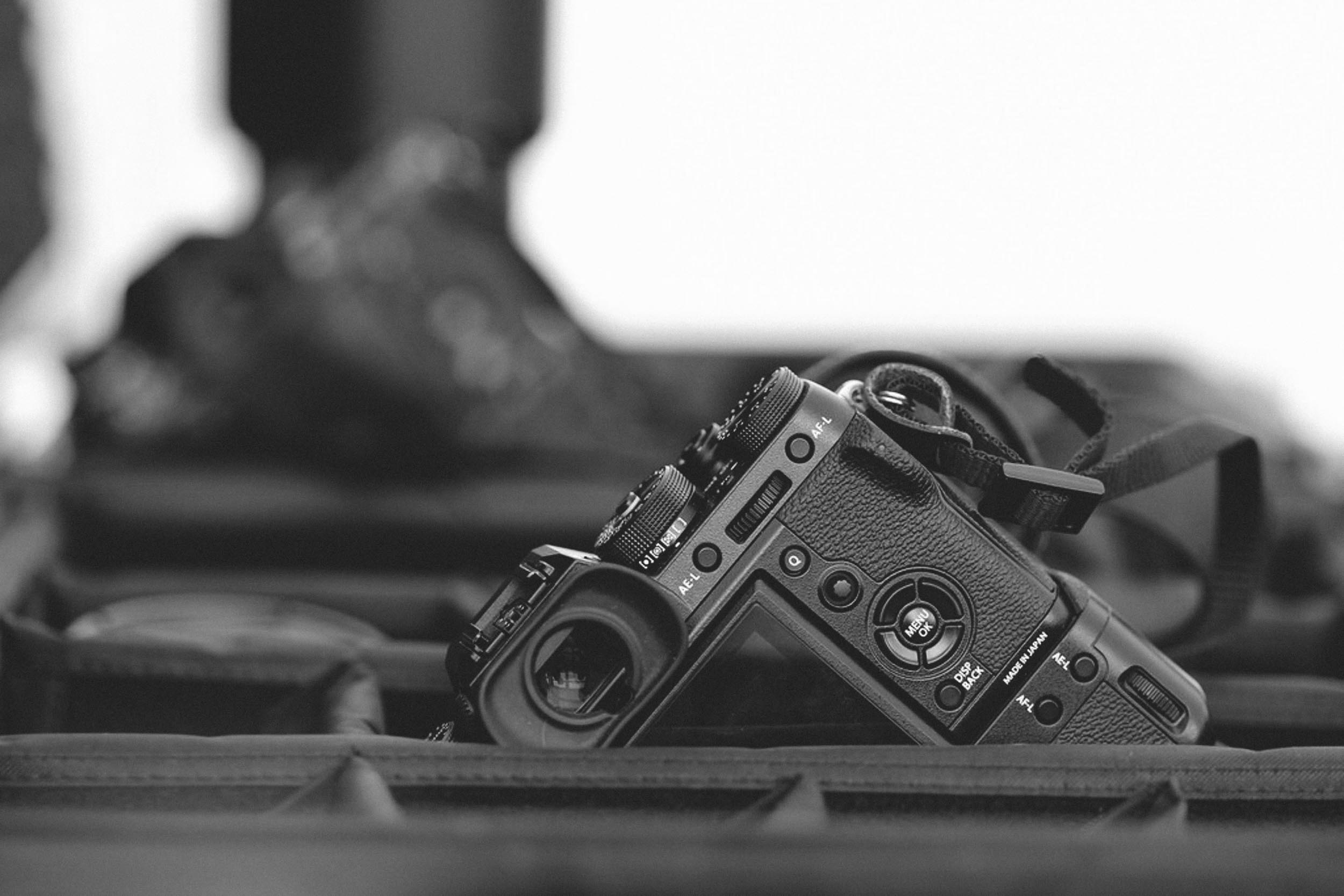Bye Bye Nikon…Hello Fujifilm
The Nikon D750, as the winner of multiple industry awards and the unofficial camera of choice for professional event photographers, is undeniably a fantastic piece of kit.
Back when I first bought it, this was quite a significantly gamble. I didn’t have much money, I wasn’t charging very much (anything) for shoots and I didn’t have enough work lined up to justify the purchase.
It might have been GAS (gear acquisition syndrome) talking, but I just wanted it.
As an active member of various Looks Like Film related groups, all I ever saw after some of my favourite work was “Nikon D750 + 35mm 1.4.”
That was it. I bought my shiny D750.
It arrived and I was amazed by how surprisingly small it was. I might have been putting full-frame cameras on a bit of a pedestal, but in my head, they were big, scary and amazing.
I added a battery grip to beef it out and then invested in the Nikon ‘Holy Trinity’ of lenses and a 35mm Sigma Art lens, because that’s what professional event photographers apparently shoot with.
The results were incredible.
The quality of my work increased so much that it’s not even worth talking about. I totally looked the business. There’s something about wielding a (now) chunky DSLR with a 70-200 2.8 that just screams ‘I know what I’m doing.’
Pretty sure 80% of my enquiries were because of this.
So, what’s the problem?

No one ever shuts up about it but the low light performance and dynamic range was actually a joke. I could expose the image however I liked. Literally didn’t matter. Just sort it out afterwards.
This might sound like a good thing but it did start to make me a bit lazy. I started to forget what a correct exposure even looked like. I stopped thinking like a photographer.
I got pretty speedy at operating the Nikon D750 (partly because I had to), but I was never completely comfortable with how it was put together.
The menu was simple at top level, but quickly went out of the control. I still don’t know how to change my flash sync to ‘rear curtain’ without resorting to Google whilst hiding in the corner of the venue.
Credit where credit’s due, Nikon produced one hell of a camera. There was just one problem. I didn’t like using it.
At this point, I already had a tiny Fujifilm X-T10 for travelling and days out. I really do mean ‘tiny.’
I bought the X-T10 on a whim because it was very heavily discounted and looked pretty cool. I picked up a couple of pancake lenses and took it on a number of photography trips around Asia.
It was so small and light that I often forgot it was even in my bag.
I was over in London shooting a wedding with Will Stedman and the numbness in my third finger had finally spread to my entire hand when it dawned on me.
I was going to sell the Nikon setup that I relied on so heavily.
What to buy?

Took the best part of 4 seconds before deciding that the Fujifilm X-T2 was a very worthy contender.
The specs were great, it looked beautiful and I already had a backup camera ready for it.
I did some quick maths and realised that the Fujifilm setup would be 48% of the weight of my Nikon setup.
Let’s just let that soak in for a second.
48%…
Dangerously and rather stupidly, I had been shooting all of my work until now with a single DSLR. (I know, right?) It had always been my intention to pick up another D750. If that was the case, it would be even more like 42%.
That 2.6kg difference is like losing the weight of a new born child from your camera bag.
When shooting a 12 hour wedding, that amount of weight shedding isn’t just a slightly relieved achey shoulder. It could be the difference between nailing and missing a shot.
It’s not all about the weight…

When I first used the Nikon D750 – all of the RAW files looked odd.
Everyone’s skin was muddy and green. None of the colours were what I expected.
The dynamic range was so good that there wasn’t a proper highlight or lowlight roll-off. Everything just looked like a painting.
It took a lot (and I really do mean a lot) of work for me to be happy with the final results. As a self-proclaimed perfectionist and pixel peeper, I just couldn’t quite get the results and consistency that I hoped for.
Then along comes my little Fujifilm X-T10.
First day out with it and the files blew me away. Sure, it didn’t quite have the same resolution. Sure, it didn’t quite have the same dynamic range. But I was able to edit the entire shoot in half the time and I was happy with every frame.
Every shot matched. The skin tones were spot on and I actually quite enjoyed the aesthetics of blown out highlights and lost shadow detail. It just looked more real.
Switching camera systems isn’t easy. When your diary is completely blocked out, it’s just not possible to have any downtime without your camera gear.
I’ve had my new Fujifilm X-T2 and XF prime lenses for a few days now and I’m already loving the experience. The files are rock solid and full of detail (there better be for 51mb per RAW file) and I already completely trust it.
The better I’m becoming as a photographer, the less time I’m spending in post-production and the less time I’m actually wanting to spend in post-production. Sure, you can do whatever you want with those Nikon NEF files, but why should I have to?
I’ll be writing more about how I’m getting on with my new Fujifilm set up, so make sure to stick around on Facebook and Instagram to keep posted!


